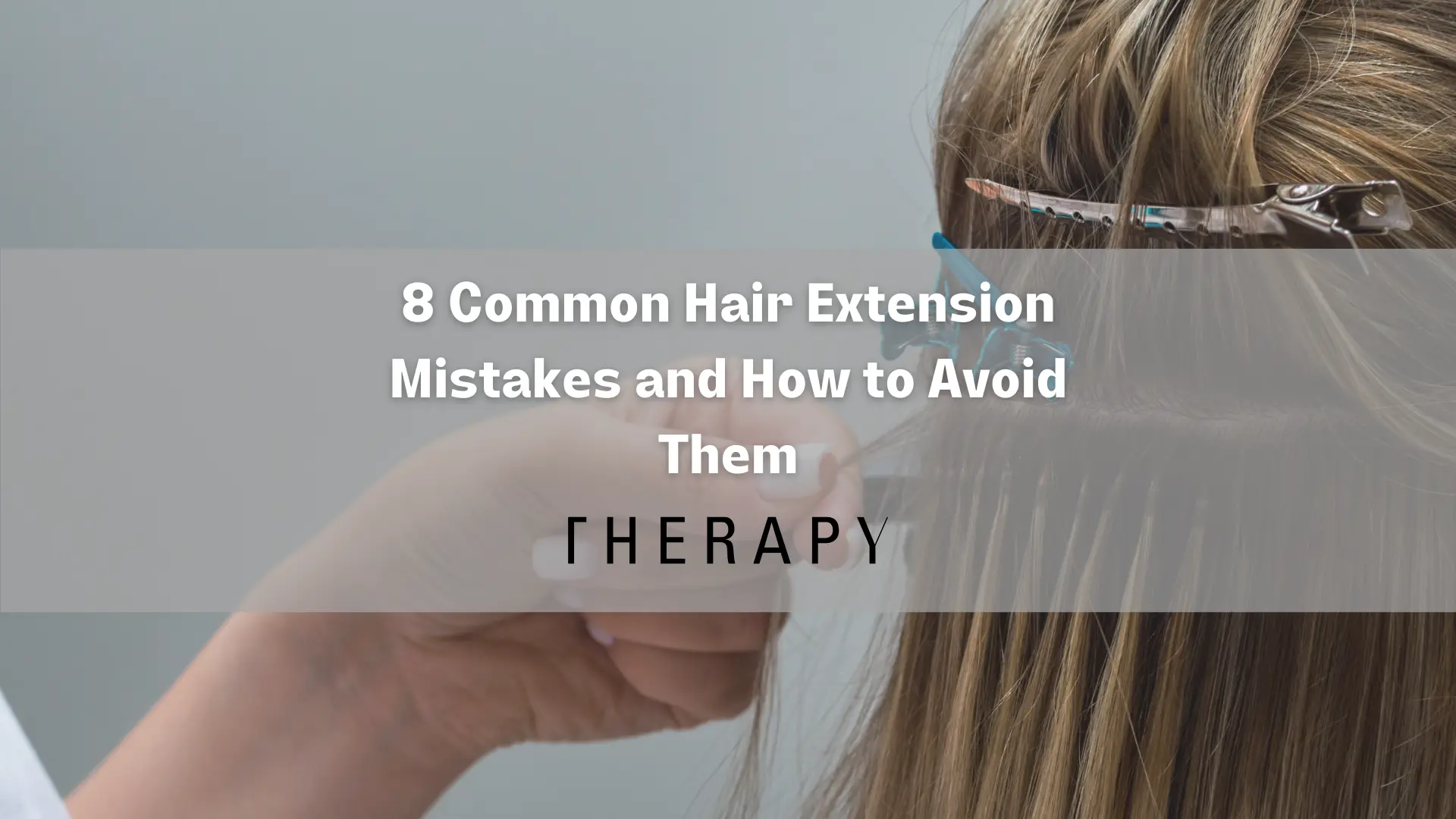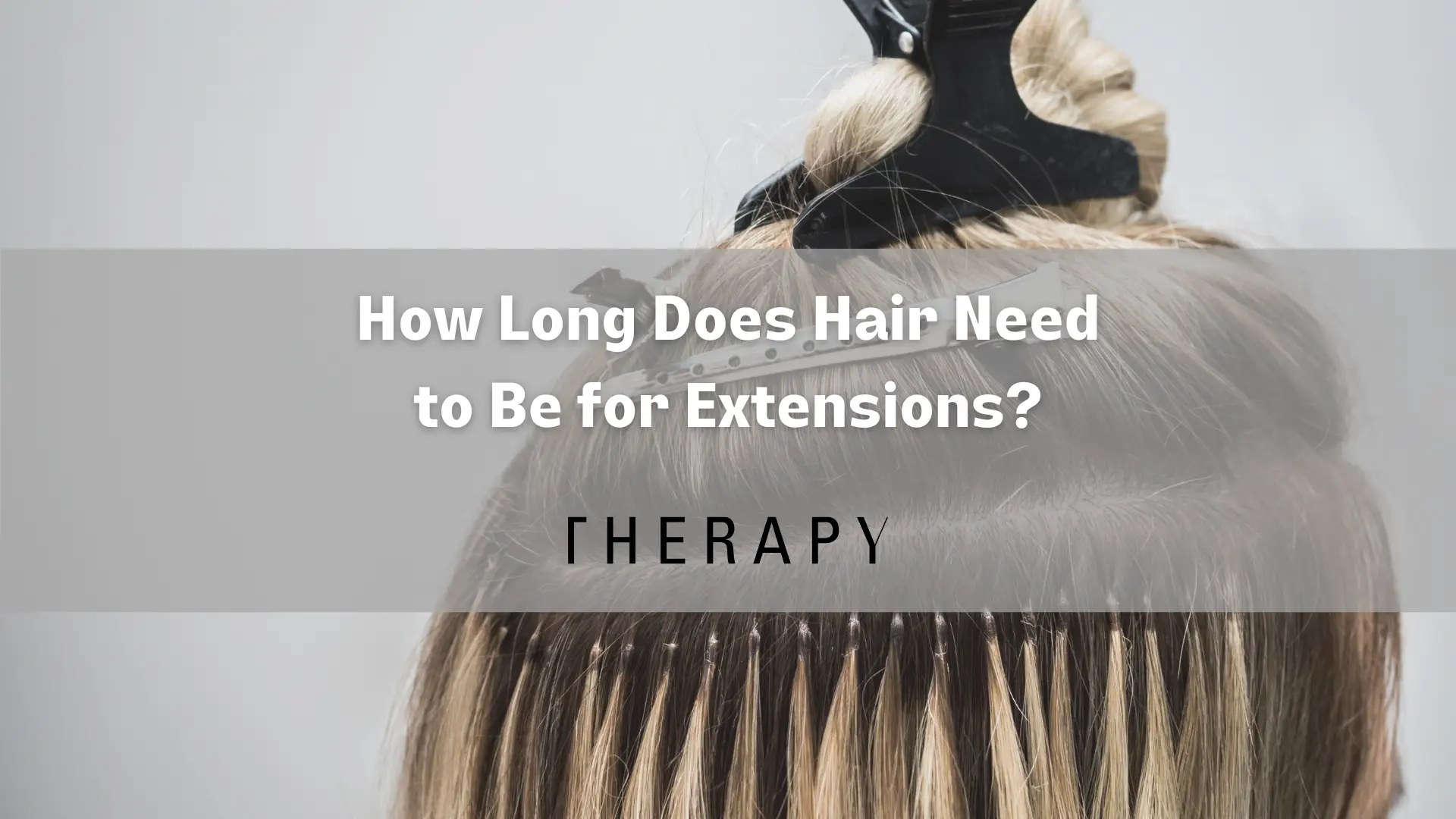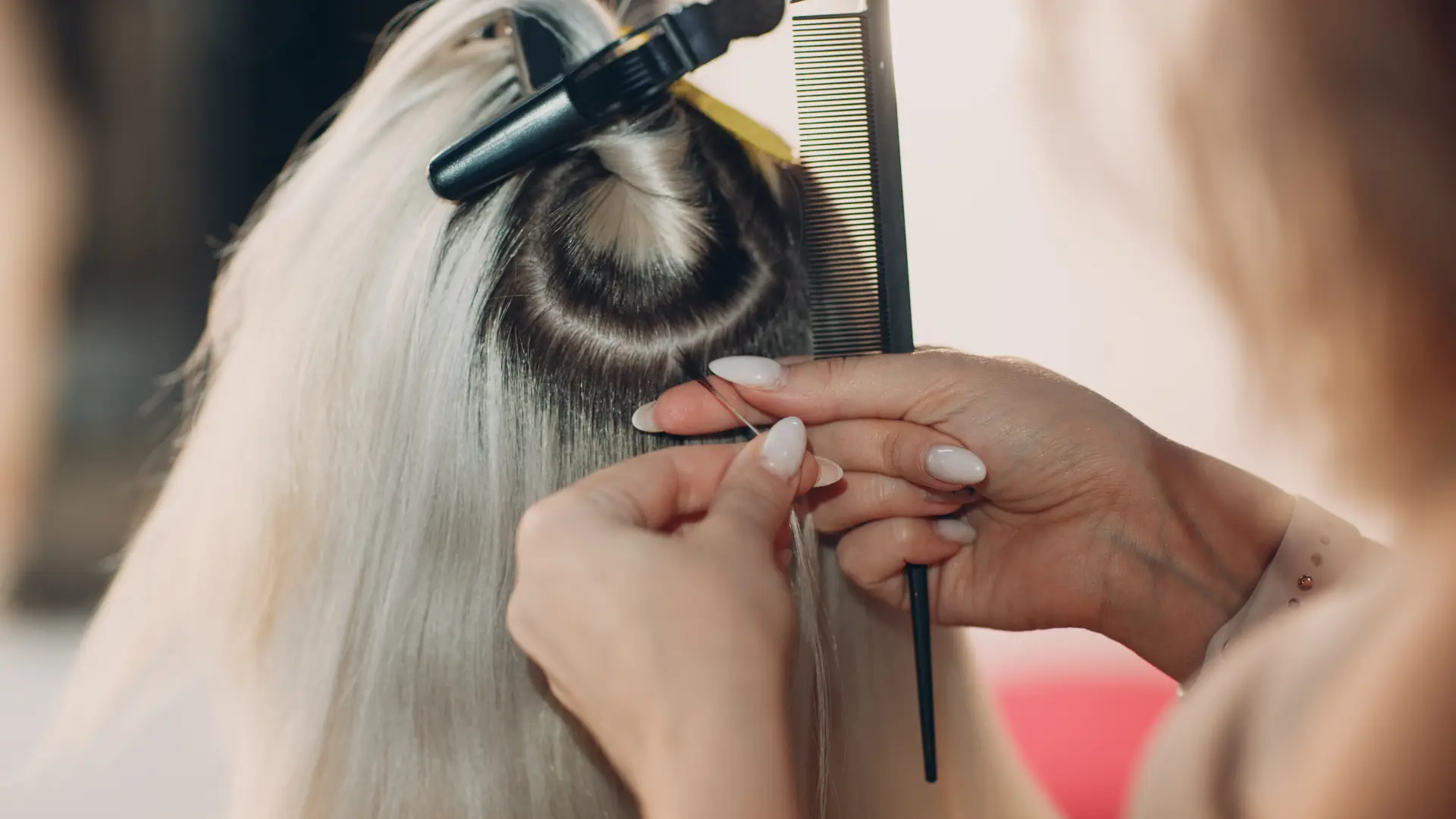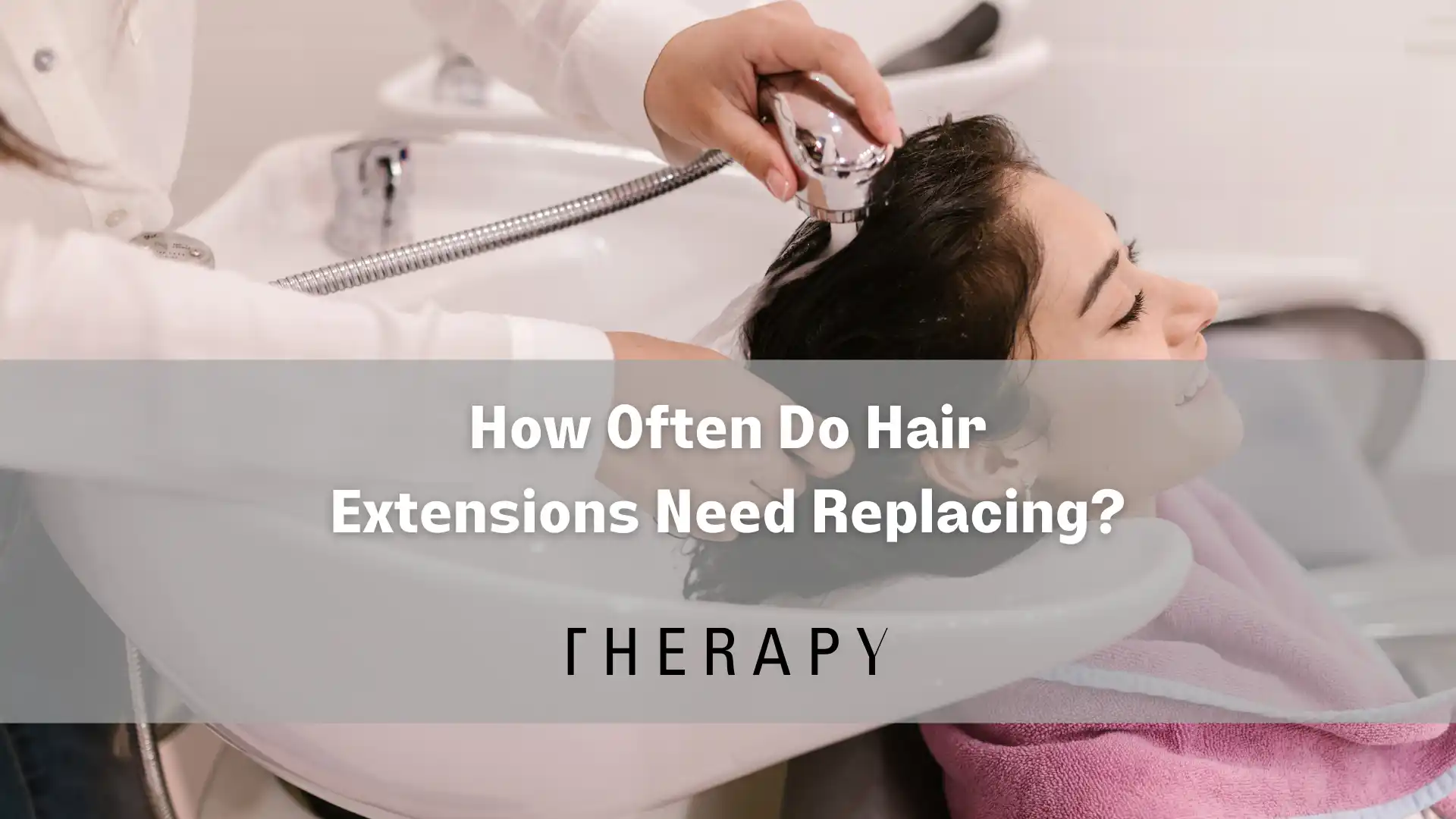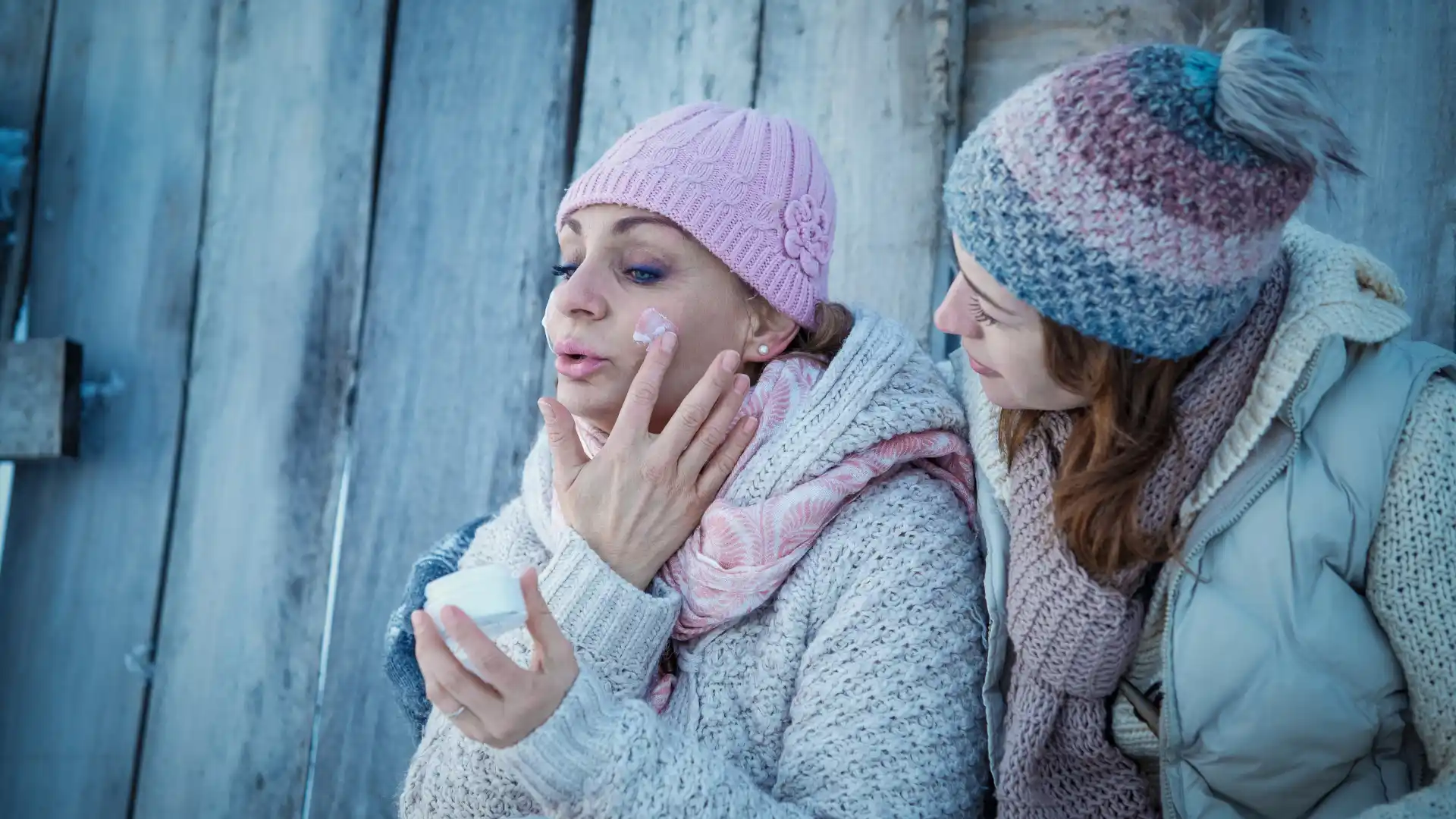Hair extensions are a fun, affordable way to change your look overnight. They are taking over the hair styling industry, from celebrities to Instagram influencers. Despite their popularity, however, they are relatively new to the mainstream—and, unsurprisingly, people will make mistakes when wearing and applying them. These, then, are the eight most common hair extension mistakes and how to avoid them.
Mistake No. 1: Choosing the Wrong Length for Your Hair Extensions
Getting hair extensions with the longest length in the store can be tempting, especially if you have short hair and want a long, luxurious look. However, experts recommend choosing hair extensions that aren’t much longer than your actual hair length, allowing for seamless blending and a more natural look.
Mistake No. 2: Choosing the Wrong Color for Your Hair Extensions
It may seem like a “common sense” sentiment, but getting a hair extension that is as close to your natural color as possible is essential. Professional stylists can always dye human hair extensions but cannot perform miracles. Don’t get blond extensions, for example, if you have black or brown hair, and vice versa.
Some exceptions include if you’re looking for a drastic natural change or going to a costume party. However, consult your hairstylist about your options before drastically changing.
Mistake No. 3: Not Taking Your Lifestyle into Account When Applying Hair Extensions
Active lifestyles—such as those enjoyed by athletes or other on-the-go professionals—frequently involve installing semi-permanent hair extensions. This leaves the extensions vulnerable to the elements and gives them a “ratty” appearance long before their time.
Consult with your stylist about your lifestyle to determine which type of hair extensions are right for you.
Mistake No. 4: Installing Cheap Hair Extensions
When it comes to hair extensions, you get what you pay for. You may think you’re saving money by spending mere pennies on the dollar on your hair extensions or buying them from a drop shipper or a foreign online store. However, you’ll need to buy more low-quality extensions to get the same result as fewer, higher-quality extensions.
Quality, not quantity, is the rule regarding hair extensions. Sometimes, spending just a little bit extra goes a long way.
Mistake No. 5: Putting Clip-In Hair Extensions Too High on the Crown of Your Head
If you’re choosing clip-in hair extensions, a common mistake is putting them high on your head’s crown. Professional stylists, however, recommend not applying clip-in hair extensions any higher than the height of your eyebrows, which sit below the crown of your head. This allows for easy, more natural application of clip-ins and will make the installation look natural.
Mistake No. 6: Washing Your Hair Too Soon After Installing Your Hair Extensions
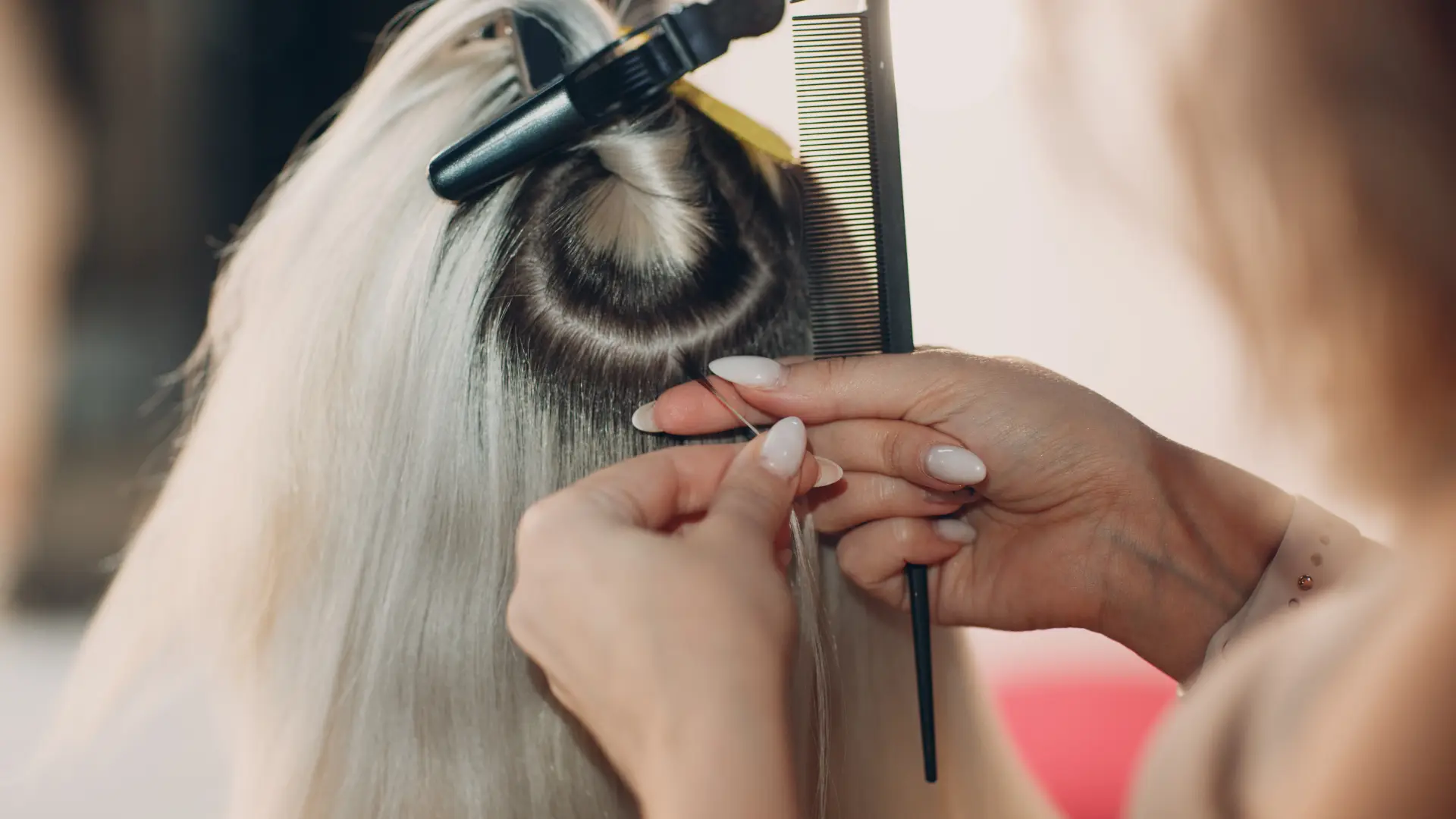 People who wash their hair daily may be tempted to wash it immediately after a hair extension application. However, this practice can damage the hair extension and cause it to come out.
People who wash their hair daily may be tempted to wash it immediately after a hair extension application. However, this practice can damage the hair extension and cause it to come out.
Instead, wait at least 72 hours before washing your hair. This will allow your extensions—especially if they are taped in—to “cure” in your head, making them less likely to fall out during washing.
Additionally, be sure to wash your hair before installing your hair extensions, but do not put in a conditioner—leave-in or otherwise—as the oils can compromise the integrity of the hair extension adhesive.
Mistake No. 7: Using the Wrong Products to Care for Your Hair Extensions
Hair extensions are just like “regular” human hair: they are subject to breakage and damage, mainly when you use the wrong products. Consult your stylist to see which products best suit your hair style and texture.
Mistake No. 8: Not Getting Therapy Hair Studios to Install Your Hair Extensions
Visiting Therapy Hair Studio in Houston for hair extensions will help you feel beautiful, vibrant, and confident. Since 2008, we’ve been helping thousands of customers feel their best with our caring, individual approach to hair care. Contact us today at (713) 355-4247 to schedule your appointment at our Houston hair extensions salon and get the look you’ve been after.
Related Posts:
How Often Do Hair Extensions Need Replacing?
Five Tips for Maintaining Your Extensions
Therapy Stylists Create Length, Fullness and Dimension with Hair Extensions






